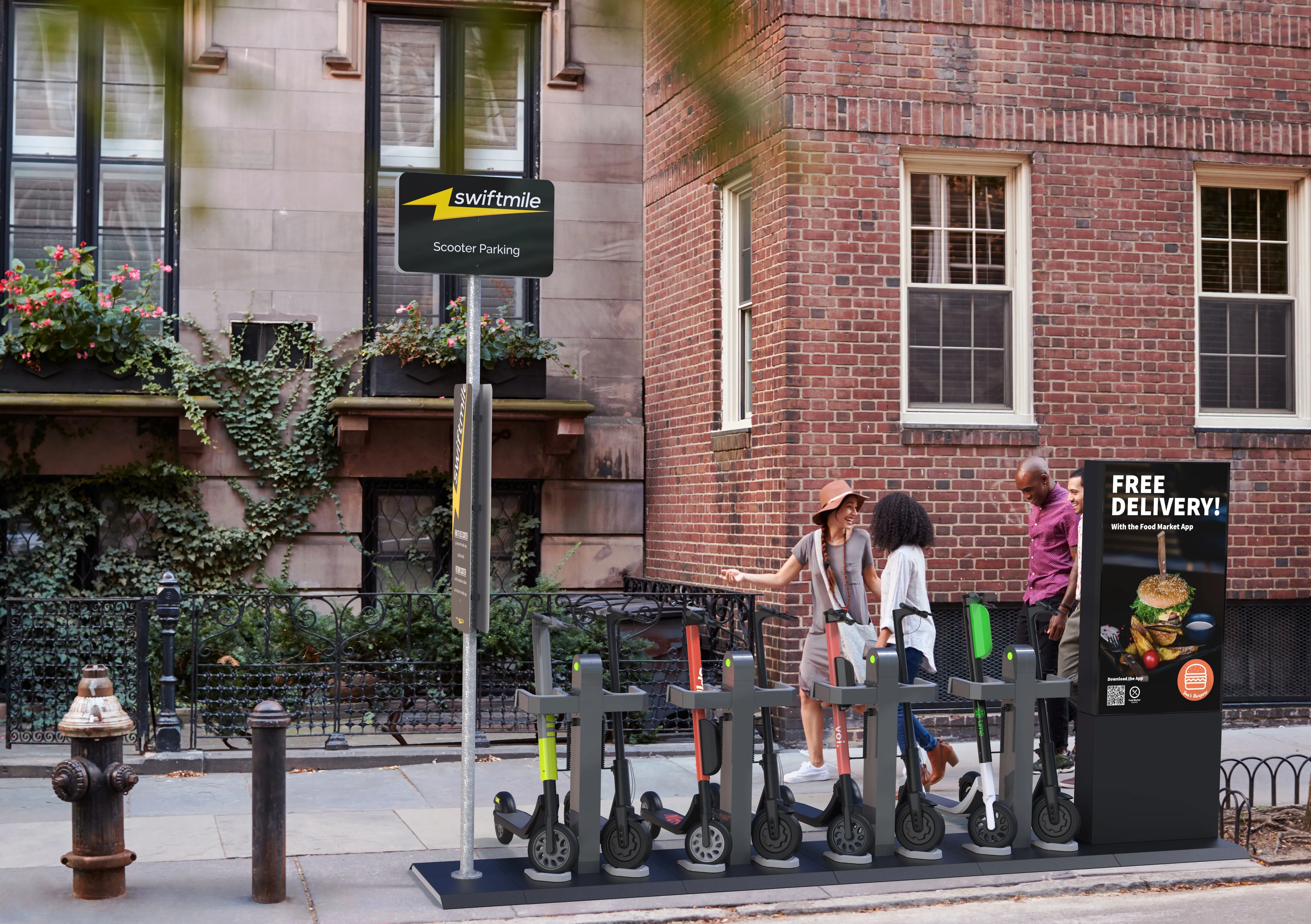
UK startup
The unit attaches to a bicycle’s handlebars with quick release grips and includes a headlight capable of emitting 300 lumens, creating up to 600 lumens of light per pair. Simple to recharge, a lithium ion battery holds charge for approximately five days of typical use.
An integrated turn signal with a flashing orange light is located on the front and back of each unit, resembling vehicle turn signals and capable of being seen from virtually every angle. While the indicator is in use, the handlebar vibrates, letting the rider know that it has been activated and reminding him if it is still active after the completion of a turn. In addition red roadway lasers project bright red arrows on the road to warn other road users that the cyclist is turning.










